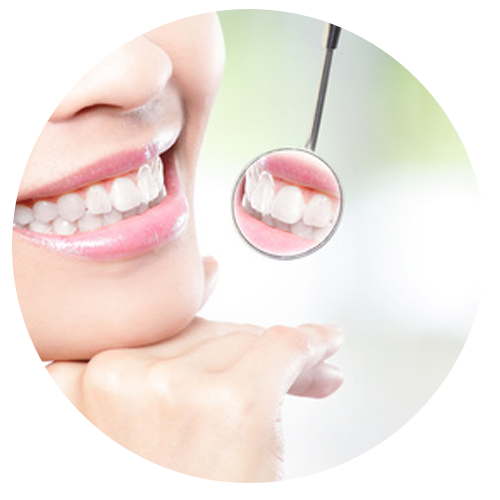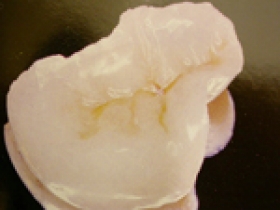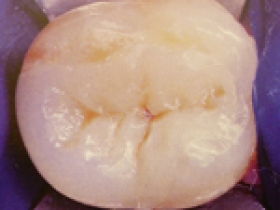Inlays & Onlays

The dentist removes the affected part of the tooth, and takes an impression of the teeth which is sent to a dental lab. A restoration is made which is shaped to match the part of the tooth it will replace. The restoration is then glued in with dental cement.
An indirect restoration is called an inlay if it replaces part of a tooth without extending to the tip of the tooth (which is called a cusp). If it extends to replace a cusp, it is called an onlay.
Inlays and onlays can be more effective than regular fillings in reinforcing teeth to withstand biting forces, and more resistant to further decay. If a tooth’s original structure is too compromised to support a basic filling, these indirect restorations can provide fantastic, long-lasting, beautiful results.
Advantages
They are composed of porcelain or gold and they are more accurate, durable, and longer lasting than fillings. An onlay is used to cover one or more of the chewing surfaces of the tooth and can protect the tooth from fracture. Porcelain inlays and onlays are extremely esthetically pleasing restorations.
Disadvantages
Inlays and Onlays are made in a laboratory, therefore making them more expensive than standard fillings. However this initial cost is offset by the extremely long life and lab precision fit.
Inlays & Onlays – Before & After


